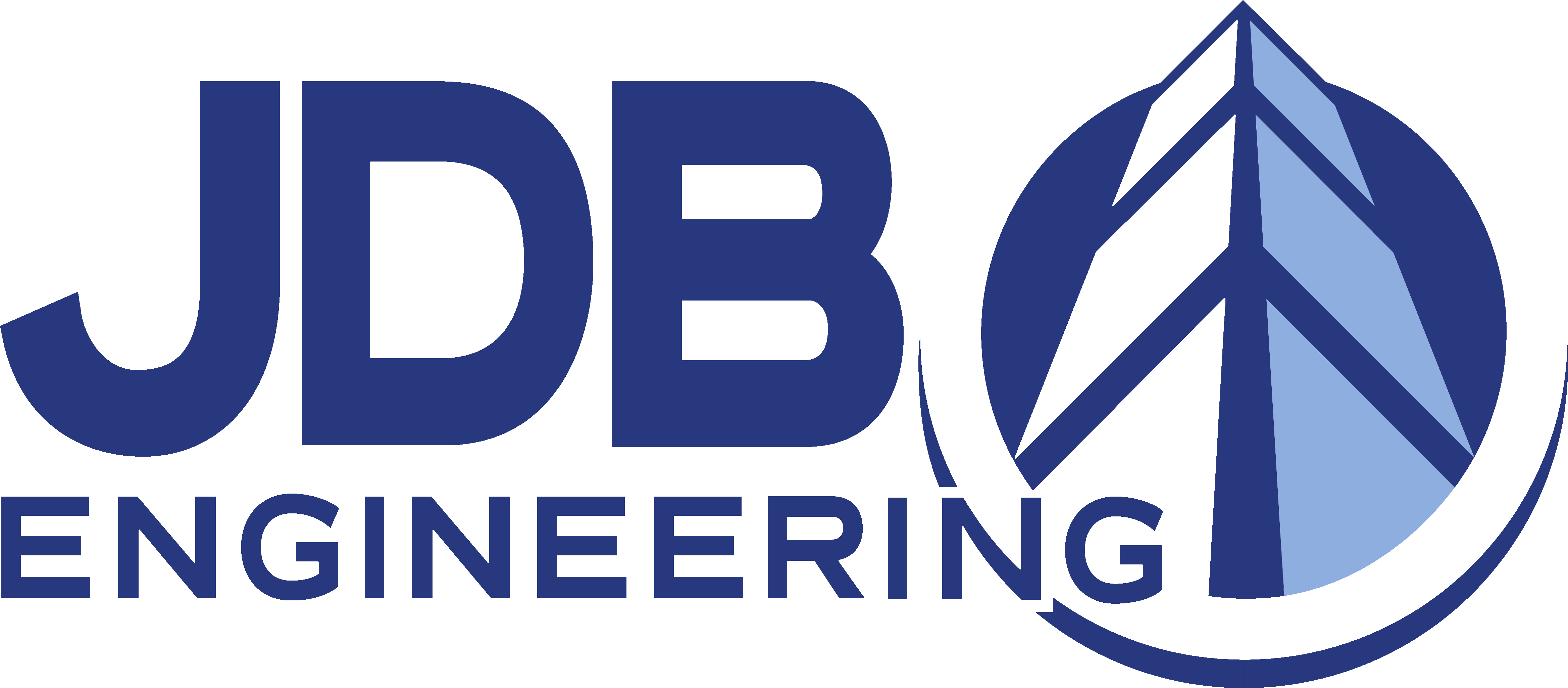An often overlooked and frequently misunderstood aspect of the indoor environment is acoustical integrity. Background noise levels play an important role in successful completion of a facility’s occupancy tasks whether the building is a typical office complex, a manufacturing plant, or a performing arts center. All have specific acoustical design goals that play a part in determining the overall success of building operations. These design goals range from providing a comfortable office work environment to meeting the strict requirements of a recording studio. Not meeting acoustical criteria for a given space could have adverse effects on a given space’s productivity. In fact, poor acoustical integrity is a potential cause of “Sick Building Syndrome.”
A major factor in determining a building’s acoustical characteristics is the heating, ventilation, and air conditioning system. Noise and vibration from the building mechanical systems can destroy acoustical integrity. Acoustical problems can be caused by cooling towers, chillers, pumps, fans, piping, ductwork, and terminal air devices, among others. Acoustical considerations must be made during all phases of the construction process.
During the conceptual design phase, care must be taken to select a system type that will allow acoustical design goals to be met. All systems have inherent acoustical personality profiles that will ultimately determine system performance.
The preliminary design phase affords the building design team the opportunity to properly size and place mechanical rooms. In general, the more stringent the acoustical design criteria, the larger the mechanical room and the further it should be placed from the occupied space. The most effective space planning provides buffer zones (such as corridors and toilet rooms) around the mechanical room and is considerate of duct shaft clearance requirements. Logical decisions made during the preliminary design phase can minimize construction costs associated with wall and floor slab thickness and construction assemblies.
During the working drawing portion of the building design, the mechanical design engineer is responsible for selecting the most efficient, thus quietest, equipment available. Also crucial during this phase are piping and ductwork layout and sizing. Duct and piping runs that limit velocities and pressure drops generally provide the best results. Careful ductwork sizing and air terminal selection can actually provide good sound attenuation of the central mechanical system components. This, when combined with proper selection of interior finishes and good space planning, can be used to implement the appropriate background sound (or masking) levels that were established as goals during the conceptual design phase.
In order to meet acoustical design goals, good specifications are just as important as mechanical system layout and equipment selection. Specifications precisely define the quality and workmanship required to achieve acoustical design goals associated with the building heating, ventilating and air conditioning system. It is here that vibration isolation techniques are established, including types, quantities, and minimum allowable deflections. Equipment that has been tested in accordance with the latest applicable acoustical standards can be specified over other unproven manufacturers. Material properties are also established in the specifications. These might include allowable duct insulation thickness—having a direct correlation to sound attenuation, or duct construction standards—determining duct structural integrity and resulting resistance to duct breakout noise. Specifications are often overlooked by the building design team as a method of controlling building acoustical integrity.
Once the building mechanical systems have been designed, drawn, and specified, the construction phase begins. If this phase includes a “value engineering” or cost-cutting period, it is important to analyze the impacts of the cost cutting proposals on building acoustics. Many contractors possess valuable project experience, but are unaware of the acoustical implications of cost-cutting measures. During the actual construction process it is important to review shop drawing submittals to ensure compliance with the appropriate sound test standards. Construction techniques also play a major role in determining the noise and vibration characteristics of a building mechanical system. Improper installation of fans, ductwork, terminal units, or vibration isolators could result in serious noise and vibration problems regardless of how good the mechanical design and layout might be.



